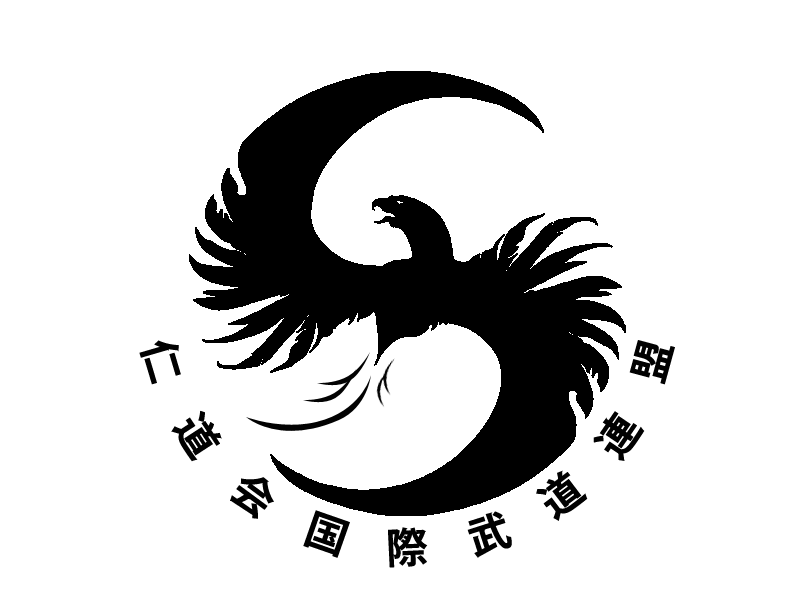|
Grading
SHORIN
RYU
For
JDK-SP the following Shorin Ryu Kata are required:
| GRADE |
BELT |
KATA |
| 9th
kyu |
white |
- |
| 8th
kyu |
red |
Pinan
Nidan |
| 7th
kyu |
yellow |
Pinan
Shodan |
| 6th
kyu |
Orange |
Pinan
Sandan |
| 5th
kyu |
Green |
Pinan
Yondan |
| 4th
kyu |
Blue |
Pinan
Godan |
| 3rd
kyu |
Brown |
Naihanchi
& Wansu |
| 2nd
kyu |
Brown |
Seisan
& Anaku |
| 1st
kyu |
Brown |
Passai |
| 1st
dan |
Black |
Passai,
Seisan, Toma no Kun |
| 2nd
dan |
Black |
Passai
Sho, Tokumine no Kun |
| 3rd
dan |
Black |
Gojushiho,
Toma no Sai |
| 4th
dan |
Black |
Chinto,
Toma no Tonfa |
| 5th
dan |
Black |
Kusanku,
Toma no Kama |
Gradings after 5th dan
up to 8th dan will be by kata selected by the panel, as well as other standard requirements outlined below, and will also be determined by experience and success in teaching.
GOJU RYU
| GRADE |
BELT |
KATA |
| 8th
kyu |
white |
- |
| 7th
kyu |
yellow |
Sanchin |
| 6th
kyu |
orange |
Gekisai
Dai Ichi |
| 5th
kyu |
green |
Gekisai
Dai Ni |
| 4th
kyu |
blue |
Saifa |
| 3rd
kyu |
brown |
Seiyunchin |
| 2nd
kyu |
brown |
Shisochin |
| 1st
kyu |
brown |
Sanseiru |
| 1st
dan |
black |
Sepai |
| 2nd
dan |
black |
Seisan |
| 3rd
dan |
black |
Kururunfa |
| 4th
dan |
black |
Tensho
& Suparinpei |
SHOTOKAN
| GRADE |
BELT |
KATA |
| 9th
kyu |
white |
- |
| 8th
kyu |
red |
Heian
Shodan |
| 7th
kyu |
yellow |
Heian
Nidan |
| 6th
kyu |
orange |
Heian
Sandan |
| 5th
kyu |
green |
Heian
Yondan |
| 4th
kyu |
blue |
Heian
Godan |
| 3rd
kyu |
brown |
Tekki
Shodan & Enpi |
| 2nd
kyu |
brown |
Jion |
| 1st
kyu |
brown |
Bassai
Dai |
| 1st
dan |
black |
Kanku
Dai & Hangetsu |
| 2nd
dan |
black |
Kanku
Sho & Nijushiho |
| 3rd
dan |
black |
Gojushiho
Dai & Gankaku |
| 4th
dan |
black |
Sochin
& Unsu |
NB: The post-war Shotokan syllabus contains 26 kata. The kata here demarcated have been chosen because of their attractiveness or regular use in competition.
GENERAL
Individual
dojo may teach kata from more than one style but may examine using kata from one style
only. Individual dojo may vary the kyu grade structures, provided all grades from 3 kyu onwards are synchronised against the syllabuses here outlined.
All dan tests must include performance of mandatory kata, goshin
jutsu self-defence sets, and kumite.
Performance of kumite may be according to WKF, JKA Ippon, Mixed Martial Arts, or other specified formats, provided that both kumite partners are agreed
and the referee is familiar with the format and its rules.
All kumite must be conducted within bounds of sportsmanship and be free of malicious technique. Any technique must cease as soon as one of the two kumite partners indicates surrender. The surrender, e.g. by tapping out, supercedes any instruction to cease by the referee, i.e. testing has health and safety boundaries as experienced by the participants and is not a competition as such.
All kumite participants must wear protective equipment as standard within their fighting format.
Other
syllabus content, e.g. kihon specifications, are subject to individual dojo preferences.
ORGANISATIONAL
MATTERS
Notwithstanding the degrees of freedom for interpretation and creativity outlined above, the Jindokai will maintain a governance structure – based on the principles of consultation and transparency – in which the International President will be the Chief Instructor.
There will be National Presidents in each country who will be the national chief instructors. Both the International and National Presidents will be assisted by Councils of Advisors – being the National Presidents and Shihans at international level, and the Shihans and dojo heads at national level. Each national group will, furthermore, establish constitutions and elect officers for the benefit of Jindokai members, the transparent control of subscription and other funds, affilation to governing bodies, insurance purposes, team selection, and pastoral care of members.
The International President will disseminate videos and DVDs of all kata requirements as the basic template for cultivation of the arts, notwithstanding local interpretations and creativity – which, all the same, should not seek to recreate the arts to the extent that their foundational source is no longer recognisable. The Jindokai therefore seeks a disciplined creativity.
|
